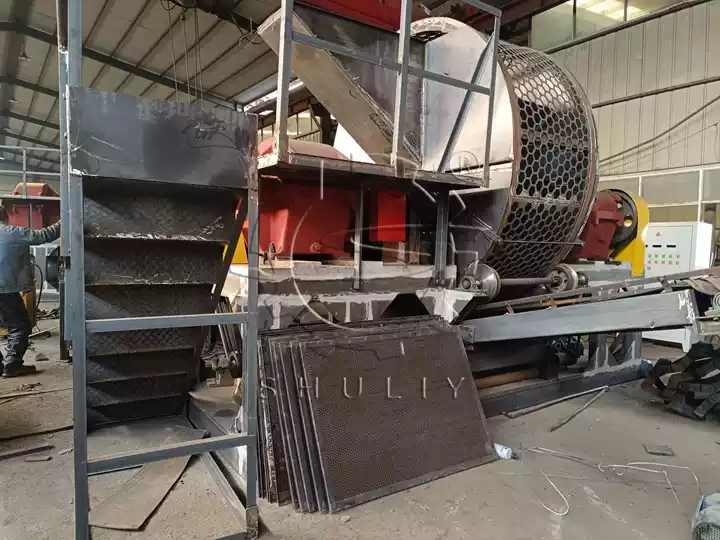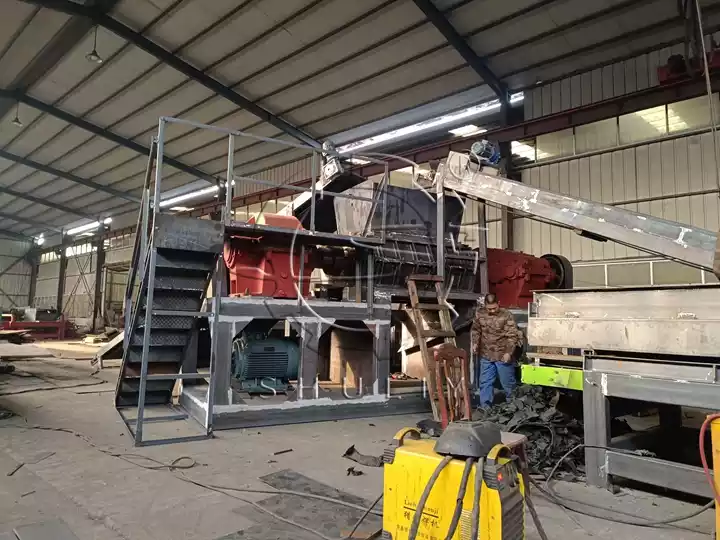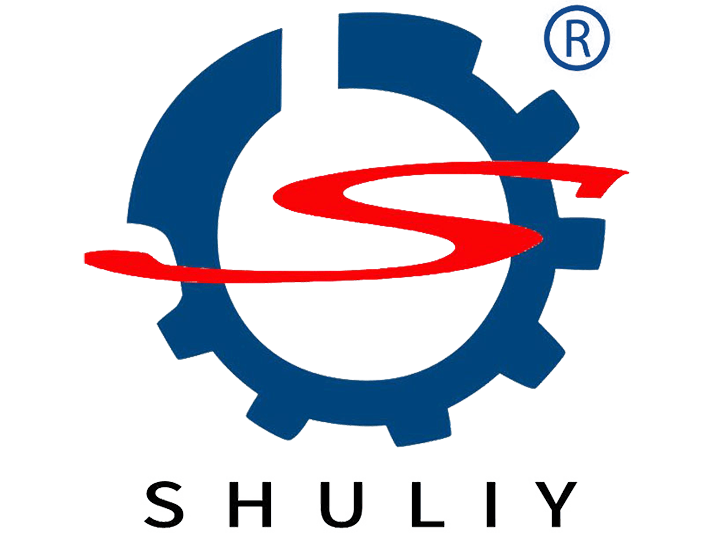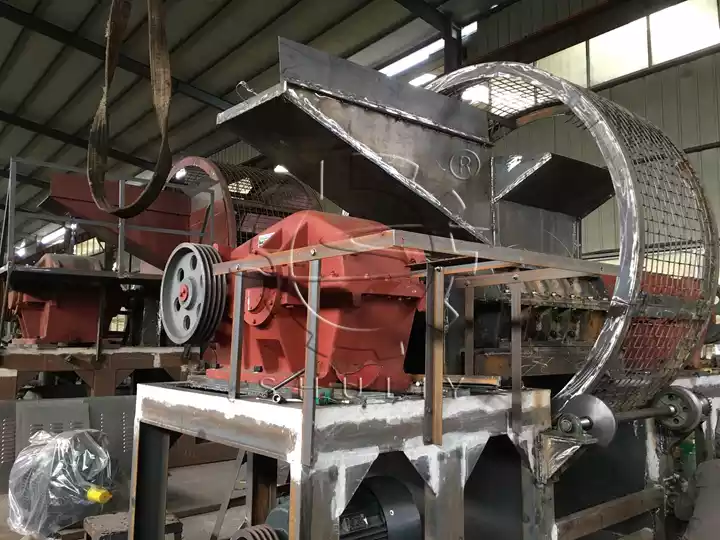When purchasing a waste tire shredding machine, companies need to consider the target capacity, tire type, final particle size, noise and environmental protection and other factors. The following content will be from the core parameters, tool materials, cutting effect, operating costs and after-sales service in five dimensions, to help you quickly lock the most suitable for their needs of shredding equipment.
Define the processing demand and capacity scale
Target processing capacity
- Small pilot batch: if only 1-2 tons per day, you can give priority to small economic models.
- Medium and large-scale production: if the production capacity of 10 tons / hour or more, it is recommended to choose a dual-axis low-speed high-torque models to ensure stable and continuous operation.
Tire type
- Family car tires: the tire diameter is generally 14-18 inches, cutting difficulty is relatively low.
- Engineering vehicle and truck tires: the diameter can be more than 2 meters, need to be equipped with dual-axis ultra-low-speed, strong torque design of the host.
- With steel wire / studded tires: the need for tools with stronger impact resistance and shear capacity, and supporting magnetic separation system.

Focus on tool material and structure design
Alloy steel tool
- Recommended use of forged alloy steel materials (such as 9SiCr, Cr12MoV), with super wear and impact resistance, long service life.
- Removable blade structure: when the blade is worn out, you can quickly replace a single piece of tool, reducing downtime.
Multi-stage stepped cutter
Multi-stage design can realize the step-by-step processing of primary tearing, intermediate shearing, and final shredding, which ensures the uniformity of discharged material and the qualified rate of broken pieces is as high as 98%.
Evaluating Cutting Efficiency and Discharge Specification
Speed and torque
- Low speed operation (<30 RPM): reduces noise (<75 dB), reduces rubber chips and extends tool life.
- High torque drive: ensures that large tires up to 2 meters in diameter can be shredded in a single pass.
Screen and discharge size
By replacing the screen with different apertures, the size of the shredded pieces can be adjusted flexibly, and the common sizes include 50, 75, 100 mm, etc., which can meet the needs of different processes, such as subsequent pulverization, modified asphalt, TDF fuel, and so on.

waste tire shredding machine Operating Costs
Integrated dust removal system
Although the low-speed shredding is less dusty, it still needs to be equipped with high-efficiency bag dust removal or negative pressure suction system to ensure that the air in the plant meets the emission standards.
Energy consumption and maintenance
- Prefer two-axis hydraulic direct drive or gear reduction drive program to reduce the intermediate transmission links, reduce energy loss.
- Maintenance: regularly check the hydraulic system, knife frame fastening and screen mesh intact, reduce the failure rate and spare parts costs.
Only by clarifying their own needs, comparing multiple solutions, and verifying them with actual cases can they lock in the optimal waste tire shredding machine model. We can provide on-site installation and commissioning services, operation training, to help the resource utilization of waste tires, to enhance the economic benefits of your business, and environmental competitiveness.

